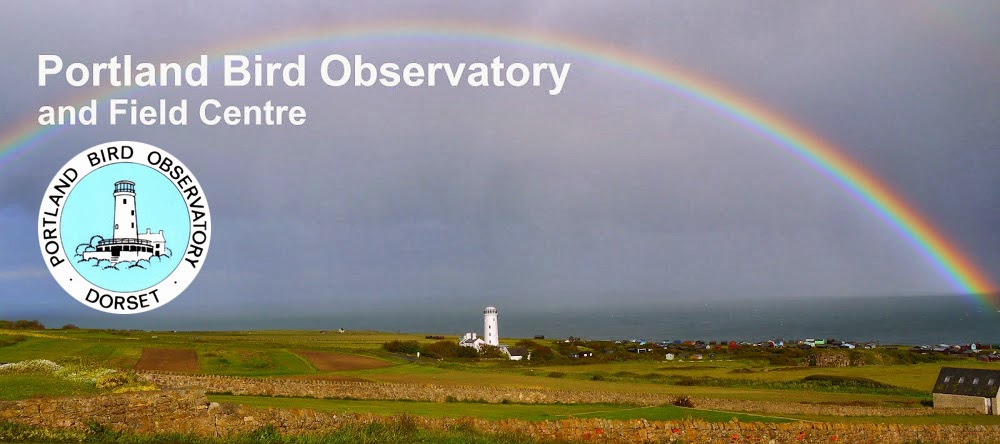A lone Rush Veneer was the only immigrant moth trapped overnight at the Obs; additionally, a March Moth was a good local record at Weston.
The sea was well worth attention for a few hours after dawn when the Velvet Scoters and Arctic Skuas were the pick of the passage © Keith Pritchard:
...we've never been quite sure why it is that on average Red-throated Divers on spring passage pass far closer to the Bill than they do when they're toing and froing in mid-winter © Martin Cade:
This March Moth from Duncan Walbridge's garden at Weston was easily the highlight from overnight mothing; it seems from the records as though this is a species that's been lost from Portland after seemingly being a transitory resident: there were no reports of it during the Victorian era (when the island was very well recorded), but we have Obs records stretching right back to 1959, with it being trapped frequently enough during the 1980s (the last was on 31st March 1987) that it was surely resident at that time. Since the female is wingless it seems hardly possible that the species colonised the island of its own accord during the first half of the 20th century - perhaps it was accidentally introduced on imported vegetation by the early Obs pioneers? © Martin Cade:




